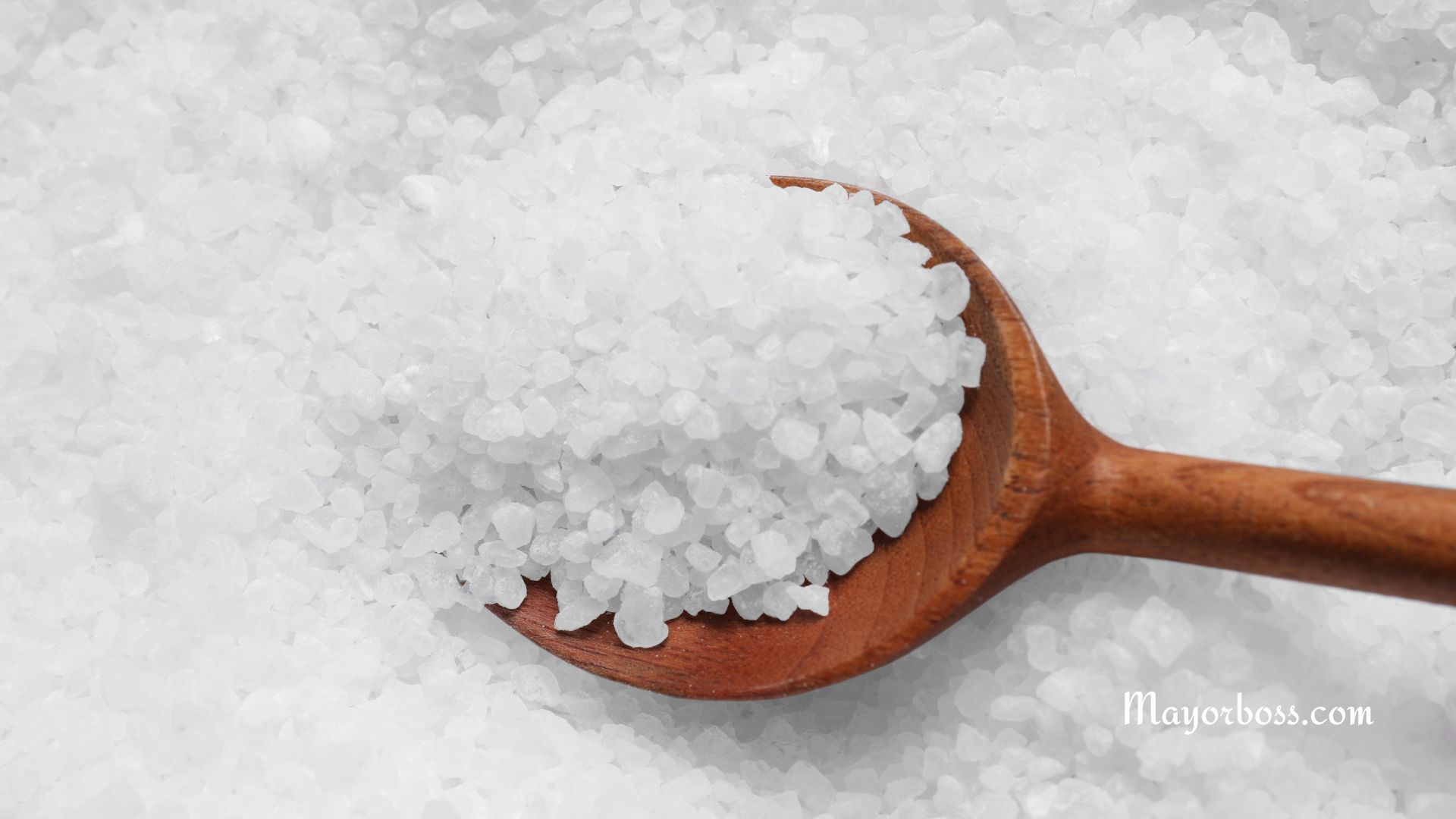Which Is Better: Iodized Salt or Non-Iodized Sea Salt?
When it comes to choosing between iodized salt and non-iodized sea salt, both have their pros and cons. Iodized salt is fortified with iodine, a crucial nutrient that helps your thyroid function properly. On the other hand, non-iodized sea salt often contains natural minerals but lacks added iodine. The best choice depends on your dietary needs, health conditions, and culinary preferences.

Why Is Iodine Important?
Iodine is a key player in your body. It helps your thyroid gland make hormones that regulate things like metabolism, body temperature, and even your heart rate. Without enough iodine, you could end up with thyroid issues, including hypothyroidism, which can make you feel sluggish, cause weight gain, and even result in goiter—a swelling in the neck due to an enlarged thyroid gland.
How Much Iodine Do You Need?
Adults generally need about 150 micrograms of iodine per day. Pregnant and breastfeeding women require a bit more, around 220 to 290 micrograms daily. So, if you’re not getting enough iodine from other sources like fish or dairy, iodized salt can be a convenient way to fill the gap.
The Scoop on Iodized Salt
Iodized salt is essentially table salt with iodine added to it. It’s a popular choice, especially in countries where iodine deficiencies are common. In fact, many public health programs recommend iodized salt to prevent such deficiencies.
Advantages of Iodized Salt
- Iodine Boost: Helps you meet your daily iodine requirements.
- Affordable: Usually cheaper than many specialty salts.
- Widely Available: You can find it in almost any grocery store.
Drawbacks of Iodized Salt
- Taste: Some people find that it has a slightly metallic flavor.
- Not Natural: Iodine is added artificially, which may not appeal to those looking for a more natural product.
About Non-Iodized Sea Salt
Non-iodized sea salt comes from evaporated sea water and typically contains various trace minerals like potassium, magnesium, and calcium. These natural minerals can give sea salt a complex flavor that many people prefer for cooking and seasoning.
Advantages of Non-Iodized Sea Salt
- Flavor: Often richer and more complex than iodized salt.
- Natural Minerals: Contains trace minerals that are naturally occurring.
- Culinary Uses: Favored by chefs for finishing dishes and adding texture.
Drawbacks of Non-Iodized Sea Salt
- Cost: Generally more expensive than iodized salt.
- Lack of Iodine: Not a good source for meeting your iodine needs unless you get it from other foods.
So, Which One Should You Choose?
The choice between iodized and non-iodized sea salt largely depends on your individual needs and preferences. If you’re concerned about iodine deficiency or you’re looking for a cost-effective option, iodized salt is a great pick. On the flip side, if you’re a culinary enthusiast who values complex flavors and natural minerals, non-iodized sea salt might be right up your alley.
In people with specific health conditions, like hypertension, it’s important to note that both types of salt are high in sodium, which can elevate blood pressure. Therefore, moderation is key.
According to culinary experts, you don’t have to choose just one. Many people keep both types on hand: iodized salt for general cooking and nutritional needs and non-iodized sea salt for finishing dishes and specialized recipes.
Examples of dishes where the unique flavor of sea salt shines include gourmet salads, grilled vegetables, and high-quality steaks. In these cases, the complexity of sea salt can elevate the dish to a whole new level.
So, weigh the pros and cons, consider your health needs, and let your taste buds guide you. There’s no one-size-fits-all answer, but being informed will help you make the best choice for you.
Further Reading: How to Lower Your Salt Intake
